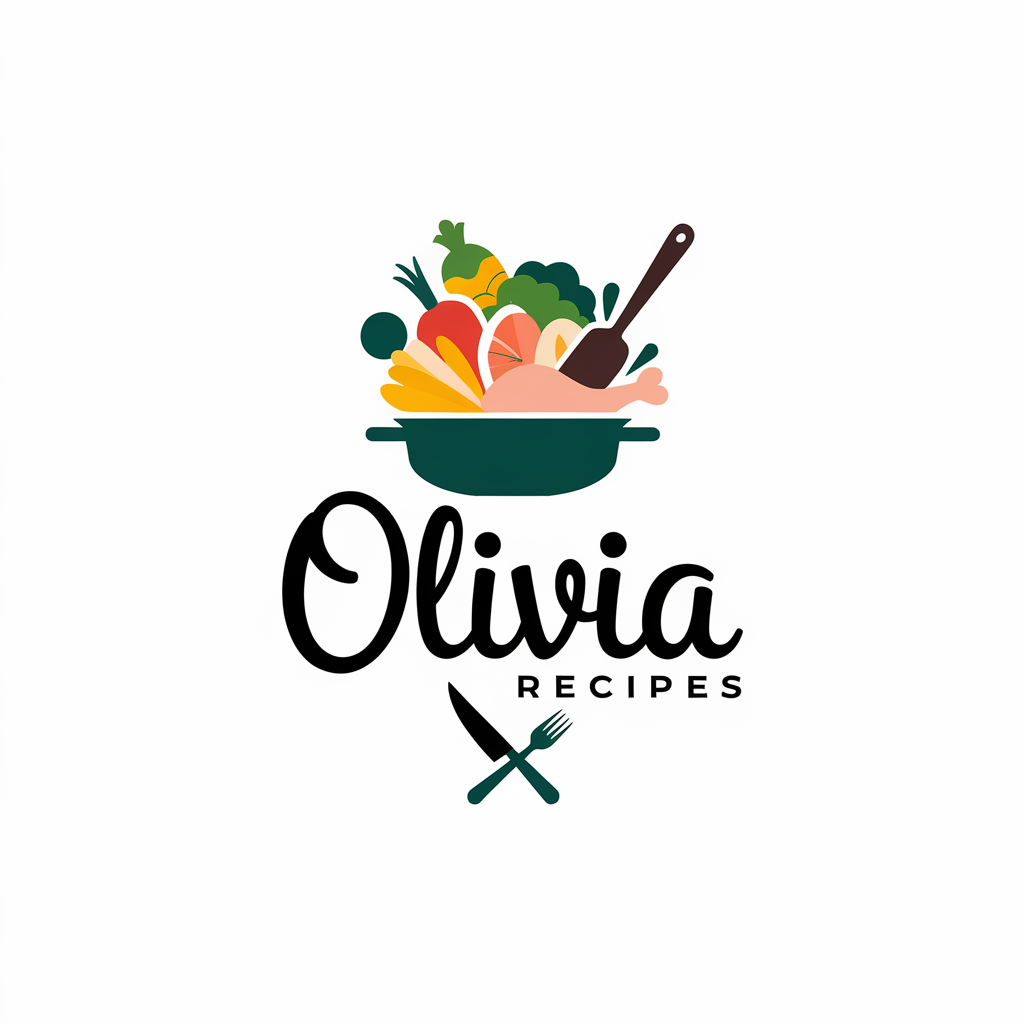The Truth Behind ‘Healthy’ Food Labels
Did you know that about 60% of consumers believe that food labels are trustworthy? However, many of these labels can be misleading, often prioritizing marketing over actual nutrition. Terms like ‘natural’ and ‘organic’ may not mean what you think. Understanding these discrepancies is crucial for making healthier choices. So, how can you navigate the confusing world of food labels and truly identify nutritious options?
Key Takeaways
- Many terms like “natural” and “organic” lack strict definitions, leading to potential misunderstandings about health benefits.
- Low-fat products often compensate with added sugars, undermining their perceived healthiness.
- Sugar-free items may include substitutes that could pose health concerns, challenging the notion of being truly healthy.
- Labels can be misleading; high fiber claims may mask high-calorie, low-nutrient content.
- Scrutinizing ingredient lists and nutritional info is essential for making informed food choices.
Understanding Food Label Terminology
Understanding food label terminology is crucial for making informed choices.
Terms like “organic,” “natural,” and “whole grain” often appear, but their meanings can vary.
For instance, “organic” typically indicates no synthetic pesticides or fertilizers, while “natural” lacks a strict definition.
“Whole grain” means the product contains all parts of the grain, but it’s essential to check for added sugars.
Food labels explained in this way empower you to decipher the nutritional value and ingredients effectively.
Always read beyond the front label to grasp what you’re really consuming. Additionally, recognizing that many terms can be misleading, such as “natural” lacking definition, is essential for understanding what you are truly buying.
Common Misleading Claims
What claims should you watch out for when reading food labels?
Many products boast terms like “natural,” “low-fat,” or “sugar-free,” but these can be misleading.
For example, “natural” doesn’t guarantee healthiness, as it may still contain additives.
“Low-fat” items often compensate with added sugars, and “sugar-free” products may use sugar substitutes, which can have their own health concerns.
Additionally, “high in fiber” can be misleading if the product is still high in calories and low in nutrients.
Always scrutinize the ingredients list and nutritional information to ensure you’re making informed choices, rather than being swayed by appealing claims. Furthermore, be aware that even healthy foods can lead to weight gain if portion control is not practiced effectively.
Nutritional Standards and Regulations
Navigating the world of food labels requires an understanding of nutritional standards and regulations that govern what claims can be made on packaging. These standards, set by organizations like the FDA, determine definitions for terms such as “low-fat” or “high in fiber.”
They ensure that manufacturers provide accurate information, but loopholes exist. For instance, products labeled “natural” aren’t strictly regulated, which can mislead consumers.
It’s crucial for you to recognize that not all claims are equal; some may reflect marketing strategies rather than true nutritional value. Familiarizing yourself with these regulations empowers you to make informed choices about your food. Additionally, understanding the benefits of whole food nutrition can help you prioritize foods that offer essential nutrients more effectively than processed alternatives.
The Role of Marketing in Food Choices
Ever wondered how marketing influences your food choices? Food companies employ various strategies to shape your perceptions.
Eye-catching packaging, bright colors, and health claims create an illusion of nutrition.
For example, terms like “natural” or “low-fat” can make you believe a product is healthier than it really is.
Studies show that attractive branding can significantly sway consumer preferences, often leading you to choose processed foods over whole options.
Additionally, targeted advertising and celebrity endorsements can heighten your desire for certain products, even if they don’t align with your nutritional goals.
Understanding these tactics can empower you to make more informed choices.
Tips for Making Informed Decisions
To navigate food labels effectively, focus on the ingredient list instead of just front packaging claims. Look for whole foods and avoid items with long, unrecognizable ingredients. Pay attention to serving sizes, as they can mislead you about calorie and nutrient content. Additionally, check for added sugars and sodium levels, which can significantly affect health. Finally, be wary of health claims like “natural” or “organic,” as they can be misleading. Empower yourself with knowledge to make truly informed choices about what you eat. Remember, prioritizing nutrient-dense foods over calorie counting can lead to better health outcomes and increased energy levels.


